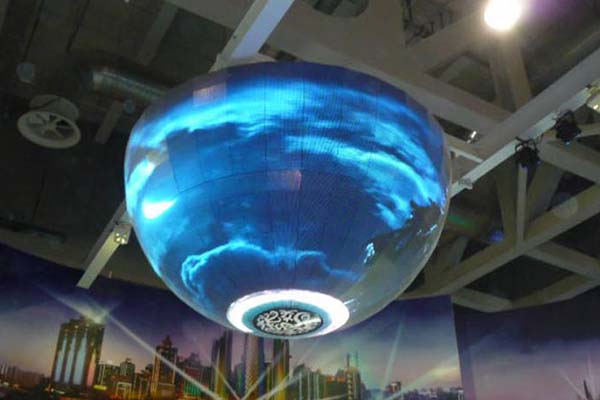How to Maintain Indoor High-Definition Displays During the Rainy Season
As the rainy season approaches, the air becomes saturated with moisture, creating a damp and humid environment. This increase in humidity can pose a challenge to indoor high-definition displays, particularly those with LED components. LED displays are sensitive electronic devices, and the plastic materials used in their construction can allow moisture to infiltrate, potentially causing damage to the internal components. To ensure the longevity and performance of your LED display during the rainy season, here are six strategies.
Choose the Right Storage Location:
Select a storage location away from high humidity areas such as near windows or doorways. It’s essential to monitor the temperature and humidity of the storage area regularly. Avoid placing the display in areas prone to high humidity.
Install Moisture Barriers:
To prevent moisture from entering the display’s interior and damaging the circuitry, consider installing moisture barriers between the wall and the LED display. These barriers act as a protective shield against humidity infiltration.
Use Dehumidifier Mode on Air Conditioners:
In indoor environments equipped with air conditioning, activate the dehumidifier mode to efficiently reduce indoor humidity levels. However, be cautious not to direct the air conditioner’s airflow directly towards the display.
Ensure Proper Ventilation:
A sealed storage environment can lead to moisture accumulation, potentially damaging the display’s circuitry. To prevent this, ensure adequate ventilation by periodically opening windows or using fans to allow moisture to dissipate.
Regular Maintenance:
Scheduled maintenance is crucial for detecting and addressing moisture buildup within the LED display promptly. Regularly inspect the display and clean it as necessary. Exercise caution when using disinfectants or cleaning solutions, as some chemicals may corrode LED components.
Power Up the Display:
To prevent moisture-related issues, it’s advisable to power up the display for at least two hours every three days when the indoor humidity level falls within the range of 10% to 65%. This practice ensures optimal display performance and helps remove moisture and dust buildup on the screen’s surface. You can also use an anti-static brush to clean accumulated moisture and dust regularly.
Dealing with Moisture Damage:
If you encounter moisture damage due to prolonged exposure to high humidity, take the following steps:
Check the current environmental humidity levels. If it’s excessively high, initiate dehumidification measures.
To minimize damage to the LED components, follow these steps to power up the screen:
a. Turn on the screen.
b. Ensure it operates for at least two hours.
c. Use an anti-static brush to clean the screen’s surface regularly.
Contact these supplier to get professional assistance in addressing moisture-related issues.
How to Choose LED Spherical Screens: Pricing and Selection Guide
Conclusion:
During the rainy season, protecting indoor high-definition displays from moisture damage is essential for maintaining their functionality and longevity. By following the six tips outlined above and taking prompt action if moisture damage occurs, you can ensure that your LED display continues to deliver excellent performance.
